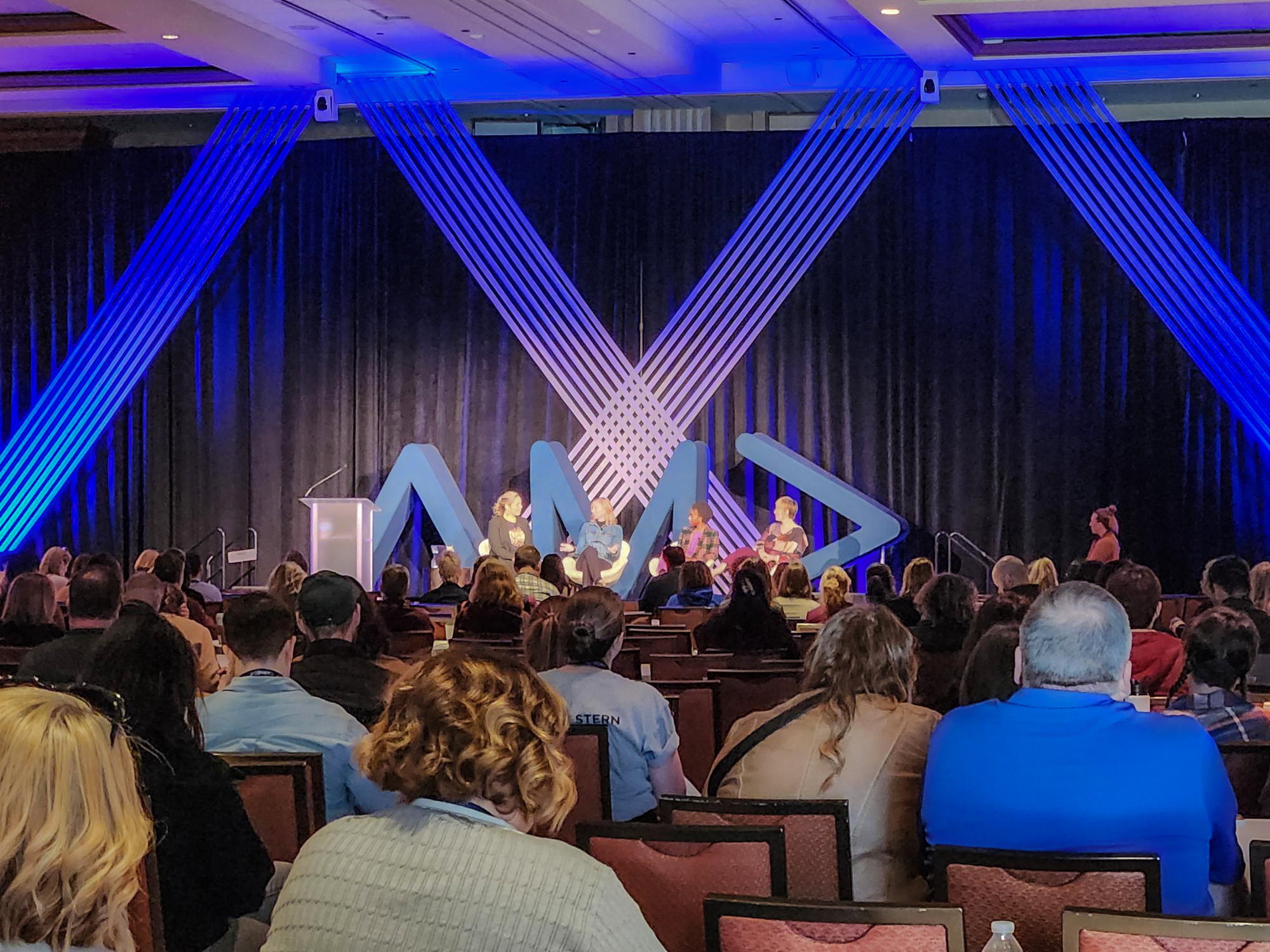Last month, BG was thrilled to attend the 2023 AMA Symposium for the Marketing of Higher Education alongside a community of many inspiring marketers. Throughout the incredible event, we discussed the state of Higher Education and how we can overcome challenges with effective marketing strategies.
In a landscape dominated by AI, emerging social channels, and evolving demands from the next generation, how can marketers craft a compelling strategy to effectively reach, engage, and convert prospective students? Reflecting on what we learned, here are a few strategies you should be considering to reinvent your marketing efforts for 2024 and beyond.
Reinforce and redefine your institution’s narrative. Create a strong brand.
With constant disruptions in the news, a crowded market of institutions trying to attract similar students, and many initiatives to promote, marketers should first think about reinforcing your institution’s brand messaging. Reevaluate what your institution stands for and how do you can translate that effectively to varying audiences of prospective students, prospective student parents, current students, faculty and staff, donors, alumni, and more so that everyone is reading from the same playbook. Focus on creating a strong brand so your value and mission statements are clear and concise in a way that prospective students can understand them. Here are some questions to ask yourself to help reinvigorate your brand messaging:
- What do we stand for as an institution?
- What is our mission statement?
- How do we communicate our value to an external audience of prospective students, parents, peers, and others? Are they understanding it?
- How are we communicating the value future employers should find in our students?
- How are we engaging prospective, current, and past students?
- How are we responding to external challenges?
- Why should people care about us?
Design a journey for students – and don’t forget parents!
For traditional undergraduate enrollment, parents of prospective students are just as important to the marketing funnel; however, students and parents are looking for different information and different ways of being communicated with throughout the process. While each institution has unique audiences, in most cases, parents want to know about cost, affordability, admissions requirements, and academics. They want to visit campus, meet with admissions and faculty, and receive quality information about the school their child is considering. Meanwhile, most students want to know about majors and programs, career options, classes they will be taking, life on and off campus, and more. Focus on what matters most to each audience, give them answers to the questions they are asking, and engage them through the appropriate channels with the appropriate messages at the right time.
Evaluate your marketing channels.
It’s not only important to plan what channels you are using to reach your prospective student and parent audiences, but how you’re leveraging them. It’s important to consider the needs of current and future prospective students and their behavior – how should we communicate to them, what do they care about, and how can we provide them with an effective prospective student journey designed to help them choose the right educational opportunities for them.
For example, while you may reach parents or prospective adult learners on Facebook/Instagram and search, you may be more effectively reaching your prospective student on TikTok, Snapchat, and audio/video streaming. And the next generation of prospective students will consume media differently so it’s important to stay up to speed, stay relevant, and communicate with clear and concise messaging.
Leverage your assets on campus.
Evaluate the resources you have available to you and how you can leverage them for marketing content. Work with faculty on campus on thought leadership campaigns to bring awareness to specific programs. Find student influencers on campus and work with them on developing organic and ad content. And most importantly, partner your marketing and admissions teams together to leverage marketing strategies to meet enrollment goals.
Optimize your website for the next generation of students.
One of the most important marketing channels you have is your website. It is important to optimize your website content and prioritize SEO. However, what is attractive to internal audiences is not going to be what draws in potential students, so it is essential to create a balance and make sure your website is not only designed for what your institution needs, but what your students need as well. Make sure prospective students can find the high-value pages of your website by creating shortcuts and designing a simple navigation. Use language that is approachable for the student population you’re attracting to ensure they have the information they need to understand if your institution is a right fit for them and their career goals.
Personalization is key.
Personalized communications will be increasingly important as prospective undergraduate students are native to AI tools and technology – it will be an expectation we will have to live up to. It’s not only important to serve them personalized content but design a journey tailored to their interests. Segment your communications so you are responding to student interest triggers – build user segments based on their actions on site and serve them back content that is most valuable to them.
Artificial intelligence is a powerful tool but be careful of how you use it.
AI is a big topic in marketing this year, and the same can be applied to marketing in higher education. Future undergraduate student generations will have an expectation that more and more communications to them will be personalized throughout the admissions process, and AI will play a big role in making that a reality. However, these are the same students that have grown up with these tools as being a part of their everyday lives. They will notice when something has been produced by AI, so it’s important not to decrease trust among your audiences. However, AI is a great tool to streamline processes and get tips on things like subject lines and captions. Just remember – we have access to the same AI tools so don’t let your messages be the same as someone else’s.
Embrace authenticity.
Prospective student audiences are savvy to the communications we put out there and they will increasingly demand proof points rather than just general messaging. We must communicate authentically about our institutions, ensuring prospective students understand our brand positioning, supported by proof points demonstrating our commitment to student success. We should embrace the mission and values we set to guide our marketing communications so we attract a student who will want to engage, apply, deposit, and become a valuable member of our communities and give back in the future.
Prepare for the next generation of prospective students.
As we contemplate the strategies required to convert current students, it’s crucial to recognize that the upcoming generation of prospective students will be different. We need to be prepared to adapt to their evolving behaviors, habits, and environments, particularly considering the disruption of their childhood by the pandemic. This generation exhibits an unparalleled level of digital and media connectedness, heightened familiarity with AI, and an escalating skepticism toward advertising messaging. Our approach must pivot towards delivering authentic, immediate, and proof-point-driven messaging, fueled by real student experiences and campus influencers. We need to be ready to adapt to their unique characteristics in future marketing strategies in the years to come.


